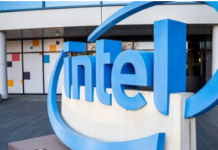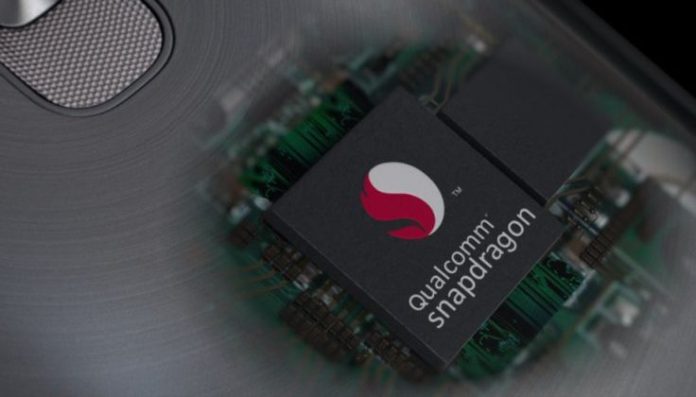Originally planned to equip almost all android flagships of 2015, the Snapdragon 810 processor is finally present in a few models including the LG G Flex 2, the HTC One M9 or the Sony Xperia Z4 officialized last week. Over the weekend, the AMERICAN website Ars Technica published a series of relatively interesting tests aimed at defining the impacts related to the overheating problems of Qualcomm’s latest Soc on its performance.
New tests of the Snapdragon 810 in the face of competition.
As you already know, during prolonged use, the Snapdragon 810 has a tendency to overheat. Thus, when it reaches a maximum temperature, a mechanism called “throttling” starts to reduce its frequency and lower its temperature. Of course, once this mechanism is activated, its performance also diminishes.
Testing protocol
The tests offered today by Ars Technica were carried out from a private version of the benchmark tool, Geekbench, and allow us to compare the behavior of Qualcomm’s latest Soc in the face of competition and previous models when it is requested by overly greedy tasks. For consistency, only two cores are used to simulate a more realistic use scenario.
The test was carried out on the following devices:
- LG G Flex 2 and HTC One M9 (Snapdragon 810)
- Galaxy Note 4 (Snapdragon 805)
- Galaxy S6 (Exynos 7420)
- HTC One M8 (Snapdragon 801)
- Nexus 5 (Snapdragon 800)
Snapdragon 800 vs 805 and 801
The test was first launched on the Nexus 5, HTC One M8 and Galaxy Note 4 which all three recorded good performance. While the Snapdragon 800 frequency gradually dropped from 2.3 GHz to 1.6 Ghz, the Snapdragon 801 frequency remained stable during the 15-minute test. For its part, the Snapdragon 805 turned at 2.7 GHz for a while before dropping to 1.7 GHz and then returning to 2 GHz.
Snapdragon 810 vs Snapdragon 805
In the case of the Snapdragon 810, here tested on the LG G Flex 2, it’s a little more complicated. In the case of throttling, the A57 cores pass the A53 cores for a few seconds, however even when the A57 cores are working, the Soc rarely reaches its maximum rate of 2 GHz and ends up falling between 850 MHz and 950 MHz with a few peaks at 1.3 GHz.
In the case of the HTC One M9, tested here in “high performance” and classic mode, the performance is slightly superior to the LG G Flex 2. However, again, the Soc struggles to reach its maximum rate and oscillates, most of the time, between 1.2 GHz and 850 MHz.
Exynos 7420 vs Snapdragon 805 and 810
Also composed of four A53 cores and four A57 cores, the Galaxy S6’s Exynos 7420 processor maintains its maximum speed of 2.1 GHz without difficulty for several minutes before slowing down a little during the “throttling”. Overall, the chip cools down quite quickly and then starts again at a rate of 2.1 Ghz. Its minimum clock speed is about 1.2 GHz, 200 to 400 Mhz higher than the Snapdragon 810 in the same tests.
In conclusion
Although the Snapdragon 810 and Exynos 7420 offer the same configuration, the two Socs do not behave at all in the same way where their respective performance should have been almost identical. As Ars Technica points out, Qualcomm’s Soc can show slowdowns after only one or two minutes of use.
A difference probably due to the fact that the first is engraved in 20 nm and the second in 14 nm but not only. It is also possible that Samsung has a better command of ARM’s cores than Qualcomm. A problem that will no doubt be solved with the Snapdragon 820 for which Qualcomm will use homemade hearts (Kryo) and which will likely be engraved in 14 nanometers by Samsung.
Of course, the most worrying thing about its latest tests is that the Snapdragon 810 is sometimes slower than the 805 or 801 on some tasks and we understand why LG obviously decided to opt for a Snapdragon 808 with its LG G4.
via
































